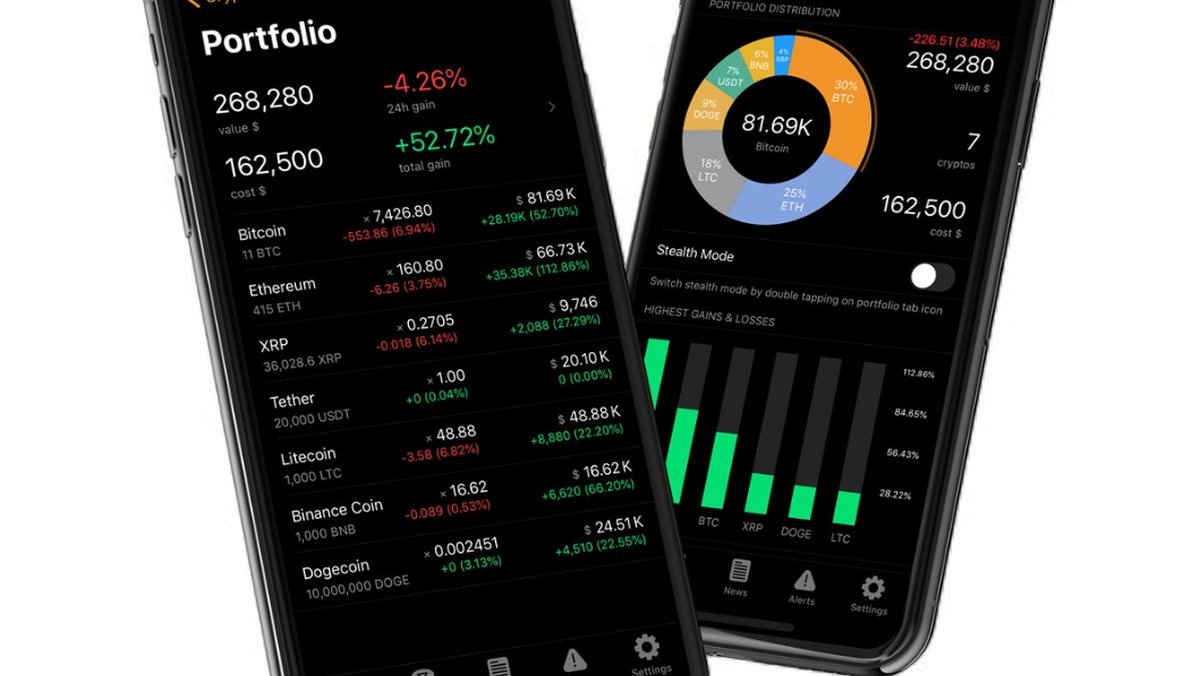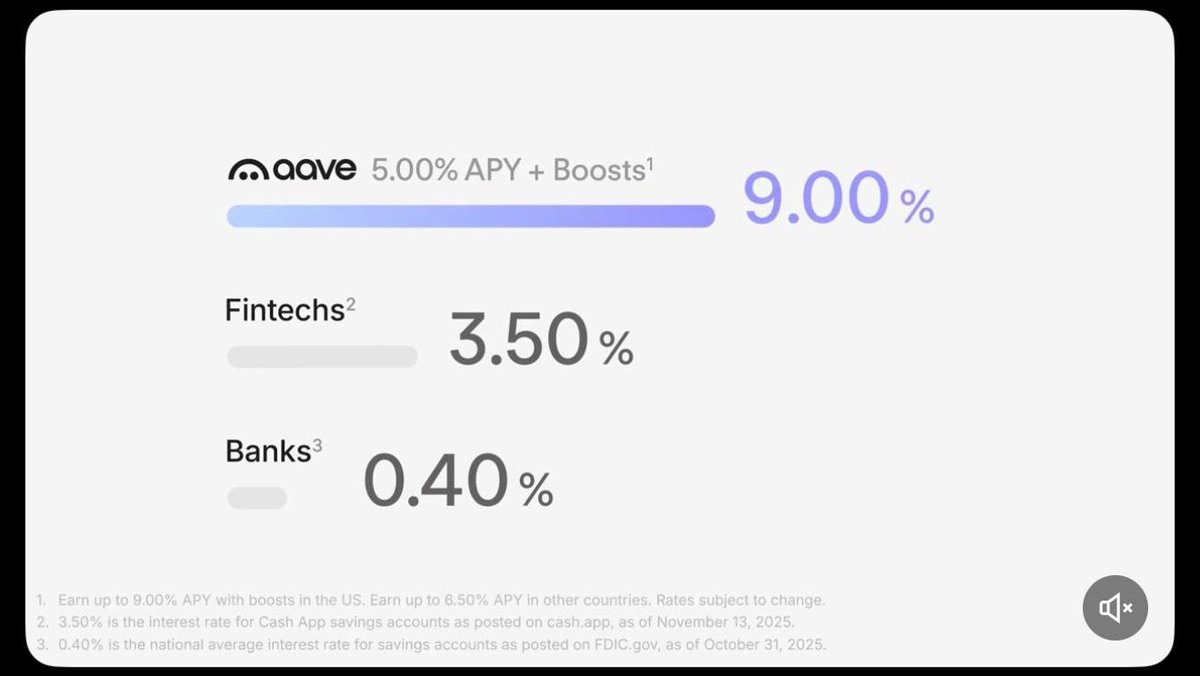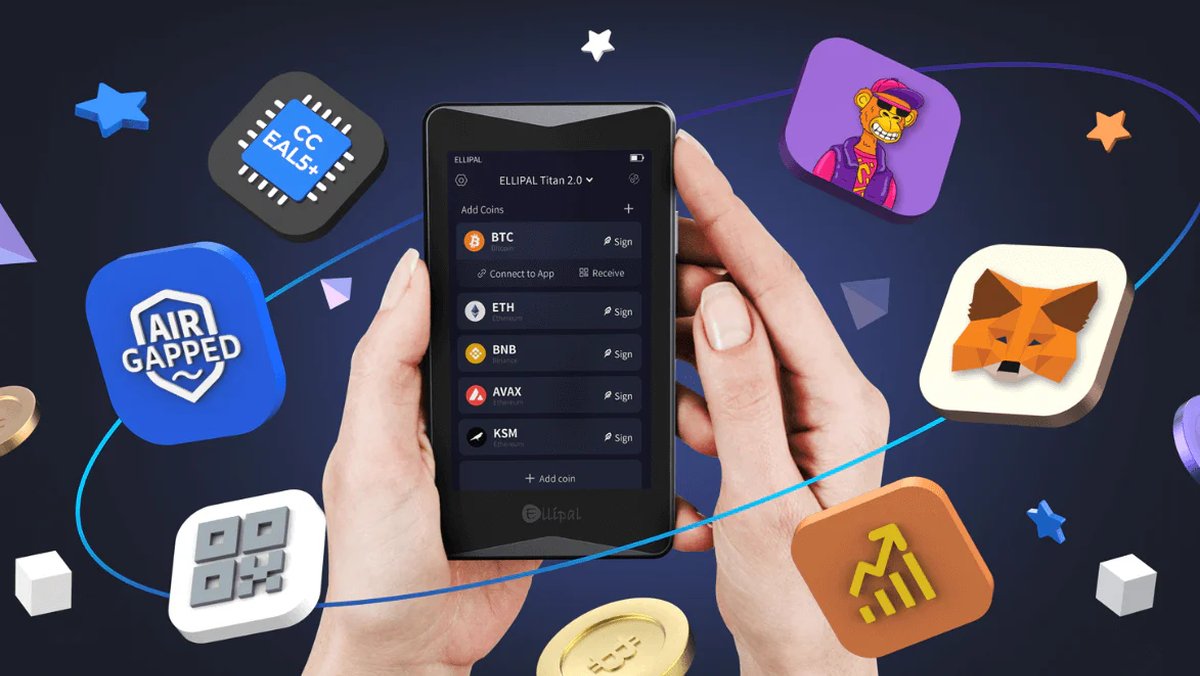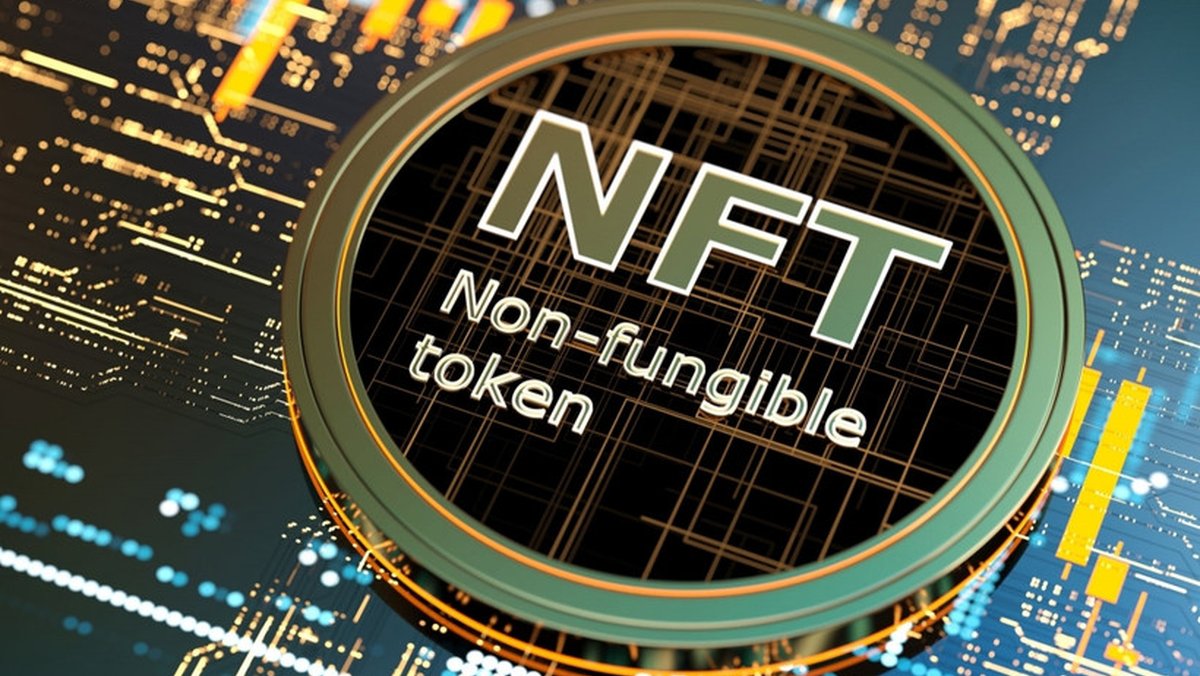Comparing Crypto Portfolio Trackers: Features, Fees, and Ease of Use
By 2025, crypto portfolios often span centralized exchanges, decentralized wallets, NFTs, staking platforms, and yield products. That fragmentation has made portfolio trackers essential—not just for convenience but for risk control and tax compliance. This article provides a deep comparative review of crypto portfolio trackers, focusing on features, fees, and ease of use. We will dissect what distinguishes a capable tracker from a gimmick, highlight industry leaders, and provide a practical decision framework for investors across experience levels.
Why Portfolio Trackers Matter in 2025
Tracking crypto portfolios is no longer a matter of checking a single exchange balance. The rise of DeFi, multichain ecosystems, wrapped assets, and tokenized real-world assets (RWA) has multiplied the number of wallets and protocols a typical investor touches. Without aggregation, risks emerge:
- Blind spots in risk exposure: Investors often underestimate exposure to correlated assets spread across venues.
- Tax compliance: Jurisdictions increasingly require detailed transaction reporting.
- Liquidity mismanagement: Without consolidated views, users may overextend leverage or miss opportunities to rebalance.
A good tracker mitigates these by consolidating holdings, performance, fees, and risks into one interface.
Key Features That Define Top Trackers
Not all trackers are created equal. Below are the capabilities that matter most in 2025:
- Multi-chain and Multi-exchange Integration: Real-time syncing with CEX APIs (Binance, Coinbase, Kraken, OKX, etc.) plus support for 20+ blockchains (Ethereum, Solana, Polygon, BNB Chain, Cosmos, Polkadot).
- Wallet Connectivity: Secure wallet linkage via read-only public keys or wallet connect protocols, ensuring non-custodial visibility.
- DeFi Position Tracking: Recognition of LP tokens, staking, yield farms, lending protocols, and on-chain derivatives.
- NFT Valuation: Floor price tracking, marketplace integrations, rarity scoring, and portfolio segmentation between fungible and non-fungible assets.
- Tax Tools: Automated tax reports across jurisdictions, cost-basis calculations (FIFO, LIFO, average cost), and exportable reports for accountants.
- Risk Metrics: Exposure analysis (sector, chain, stablecoin), VaR (value-at-risk), and custom alerts for drawdowns.
- Cross-device Experience: Seamless sync between desktop and mobile with two-factor secured accounts.
Comparing Fees
Fees vary widely across trackers and often scale with portfolio complexity:
- Free tiers: Basic integrations, limited wallets/exchanges, often with delayed refresh rates.
- Subscription models: $5–$30 per month for advanced features (real-time sync, DeFi analytics, tax exports).
- Enterprise pricing: For institutional or high-net-worth users managing >$1M portfolios, fees can exceed $1,000/year.
Hidden costs include throttled API calls, limited transaction histories, or locked premium integrations. Choosing the right tier depends on whether you need casual monitoring or audit-grade accounting.
Ease of Use: What Really Matters
Ease of use is often the deciding factor. Top trackers minimize cognitive load while maintaining depth:
- Onboarding: Simple wallet and exchange connection flows, clear permissions, and transparent data privacy notices.
- Visualization: Customizable dashboards, profit/loss breakdowns, sector allocation charts, and timeline views.
- Alerts & Notifications: Price thresholds, portfolio drawdowns, gas fee spikes, and staking reward reminders.
- Mobile Experience: Intuitive navigation, biometric logins, and offline caching of last-known balances.
Market Leaders in 2025
1. CoinStats
CoinStats integrates over 400 exchanges and wallets. It excels in DeFi tracking, offering direct connections to protocols on Ethereum, Solana, and BNB Chain. Subscription tiers unlock tax reports and API export options.
2. Kubera
Marketed as a wealth tracker rather than pure crypto, Kubera consolidates crypto, equities, bank accounts, and real estate. It is popular among investors who want holistic visibility across asset classes. Pricing skews toward professionals ($150/year+).
3. Zerion
Zerion shines for DeFi-native users. It specializes in real-time valuation of DeFi positions, NFTs, and DAO tokens. The UX is sleek and mobile-first, with features like batch transaction signing. Free tier is robust, while premium adds analytics.
4. Delta
Delta supports multi-asset portfolios (stocks + crypto) with strong mobile UX. It emphasizes visualization—beautiful charts, profit/loss timelines, and allocation dashboards. Premium (~$60/year) removes ads and unlocks unlimited connections.
5. CoinTracking
Known for its tax reporting power, CoinTracking is less sleek but invaluable for compliance. It supports 20,000+ tokens and auto-generates jurisdiction-specific reports. Advanced tiers are costly but essential for active traders.
Side-by-Side Comparison
| Tracker | Best For | Integrations | Tax Support | Pricing | Ease of Use |
|---|---|---|---|---|---|
| CoinStats | All-around, DeFi + NFTs | 400+ exchanges/wallets | Yes | Free + $14.99/mo | Strong mobile UX |
| Kubera | Cross-asset visibility | Crypto + TradFi | Basic | $150+/yr | Professional dashboards |
| Zerion | DeFi native users | Wallet connect + DeFi | No (third-party) | Free + $12/mo | Sleek, fast mobile |
| Delta | Casual investors | Stocks + crypto | No | Free + $60/yr | Beautiful UX |
| CoinTracking | Heavy traders, tax focus | 20,000+ tokens | Yes (advanced) | Free + $700/yr | Functional, less sleek |
Risks and Considerations
While trackers enhance visibility, risks remain:
- API Key Mismanagement: Poorly scoped API keys can expose accounts. Always set read-only permissions.
- Data Privacy: Some apps monetize user data. Review privacy policies and prefer local-first or encrypted models.
- Over-reliance: A tracker may introduce complacency if assumed infallible. Always reconcile with primary sources during audits.
Investment Outlook
The portfolio tracker space is consolidating. By 2025, we see two dominant categories: consumer-first apps (CoinStats, Delta, Zerion) and professional-grade platforms (Kubera, CoinTracking). Expect deeper integrations with tax authorities, AI-driven risk alerts, and tokenized asset support (RWA portfolios including bonds, equities, real estate). Investors will increasingly treat trackers not just as dashboards, but as compliance infrastructure.
FAQ
Which tracker is best for beginners?
Delta or CoinStats—easy onboarding and intuitive dashboards.
Which tracker is best for DeFi?
Zerion—purpose-built for yield farming, LP positions, and NFT portfolios.
Which tracker is best for taxes?
CoinTracking—comprehensive compliance tools for multiple jurisdictions.
Do I need a paid tracker?
If your activity is light, free tiers suffice. For active DeFi or multi-chain portfolios, subscriptions save time and reduce risk.
Is it safe to connect exchange APIs?
Yes, if scoped to read-only. Never grant withdrawal permissions to trackers.
Bottom Line
In 2025, portfolio trackers are less luxury and more necessity. The right choice depends on your profile: casual investors need clarity, DeFi natives need depth, and professionals need compliance. Whatever your path, treat your tracker as an operational cockpit—securely connected, privacy-conscious, and tailored to your actual investment style.







